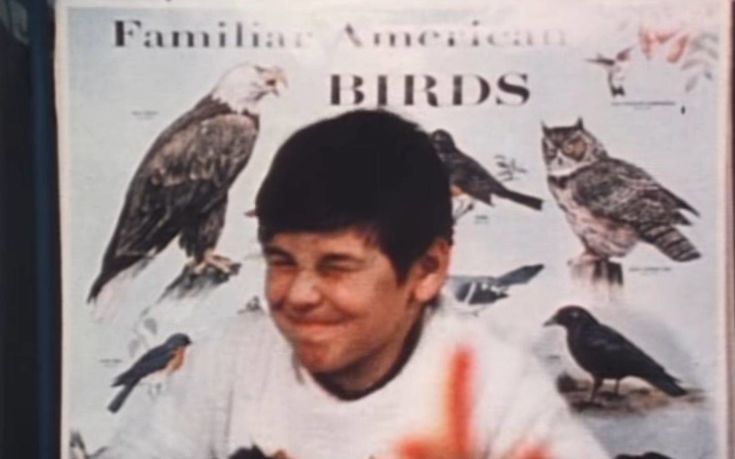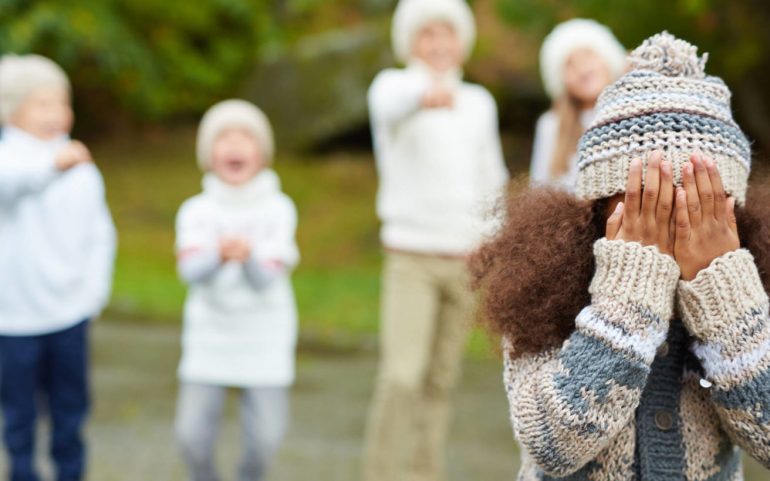On the morning of April 5, 1968, Steve Armstrong, a third-grader, entered his school room in Riceville, Iowa and said to Jane Elliott's teacher: "Hello, madam, this King was killed yesterday. "Why did they kill him?"
This King was none other than Martin Luther King, Jr., the man who embodied love and brotherhood more than anyone else in the turbulent 20th century through his ongoing struggle for the political rights of black people.
The teacher had to find a way to explain to the 9-year-olds why someone had cut the thread of the African-American Movement leader's life. How could 28 white children perceive the hatred for a black man and his existence racism; Then the teacher asked them: "How do you think you would feel if you were black? It is certainly difficult to answer this unless you yourself have fallen victim to prejudice and racism. You want to know;".
This is how the experiment was born, which remains relevant to this day, as 84-year-old Jane Eliot continues to apply the "exercise", as she prefers to call it, in companies and give various lectures both in America and in the rest of the world.
To this day, Eliot talks about multiculturalism, arguing how embarrassing it is to judge someone by their skin color. It is impossible for her to believe that she still has to try to convince her that racism must be eradicated. The experiment has been described by many as a milestone in the social sciences. Publisher McGraw-Hill has named Jane Eliot one of the greatest educators of all time, along with Confucius, Plato, Aristotle, Horace Mann, Maria Montessori, and 23 others.
So that spring morning, 52 years ago, Eliot divorced them schoolchildren of those who had blue and those who had brown eyes. He even gave the brown-eyed ones to wear a scarf to stand out from the rest and said: "Those of you who have blue eyes in this room are superior to all the others. "You are smarter than your classmates who have brown eyes and are cleaner."

The teacher gave the blue-eyed people extra privileges such as more time off. Minute by minute she realized how much her words and actions created a gap between the children. The "upper" children began to become authoritarian and aggressive towards their "inferior" classmates and demean them at every opportunity.
A warlike atmosphere began to be created in the classroom. Students who never had a problem with the learning process began to make constant mistakes and fall victim to racism from the "seniors" who did not stop for a minute to remind them how much better they were!
The next day, Jane Eliot decided to reverse the roles, with the blue-eyed being described as unreliable, stupid and drone, and taking the lower role. THE teacher Of course, he found that the brown-haired women did not behave arrogantly, but having experienced racism, they were less angry with their classmates, wanting not to feel as bad as they did the day before.
When the exercise was over some children hugged, some cried. Eliot reminded them that the reason for the experiential learning was the murder of Martin Luther King and asked them to write a report on what they learned.
Here is a typical quote from student Debbie Hughes: "The brown-eyed kids in Mrs. Eliot's class discriminated against blue-eyed people. I have brown eyes. I felt that if I wanted to hit them I could. I also had a five minute break. When the roles were reversed I just wanted to leave school. I got very angry. That is how those who are victims of racism feel. "

Eliot shared the children's reports with her mother, which she showed to a reporter for the local Riceville Reporter. The reports came out the next day with the headline: "What do the discrimination». The interest of the media did not take long to come. The Associated Press reported that the teacher was disgusted by the effectiveness of the exercise. "I think the kids walked for a day in black kids' shoes," Eliot told the agency.
This was followed by Eliot's appearance on Johnny Carson's NBC television show, an appearance that provoked a flurry of reactions from viewers.
"How dare you do such an experiment on our white children?" Black children are accustomed to such racist behavior, but white children can not understand it. It is cruel and will cause them permanent psychological damage "was one of the reactions with the teacher answering:" Why are you so worried about the fragile "I" of white children who experienced a few hours of fabricated racism when blacks live racism every day of life their;".
The next day of the interview, Eliot found the turned backs of her colleagues, while her children were attacked with insults, even wood. But the teacher did not back down. He continued to practice in the third grade for another nine years and in the older grades for another eight until he left the teaching profession and decided to continue teaching against racism outside the classroom.
In 1970 he showed training to teachers at a White House conference on children and youth. ABC aired a documentary about her work. He has held training sessions with companies such as General Electric, Exxon, AT&T, IBM and lectures in the US Navy, the IRS, the US Department of Education.
Fourteen years after the school experiment, the effect it had on children was also seen in the class reunion, with adults now deciding how much their lives were affected by the experience offered to them by Jane Eliot.
